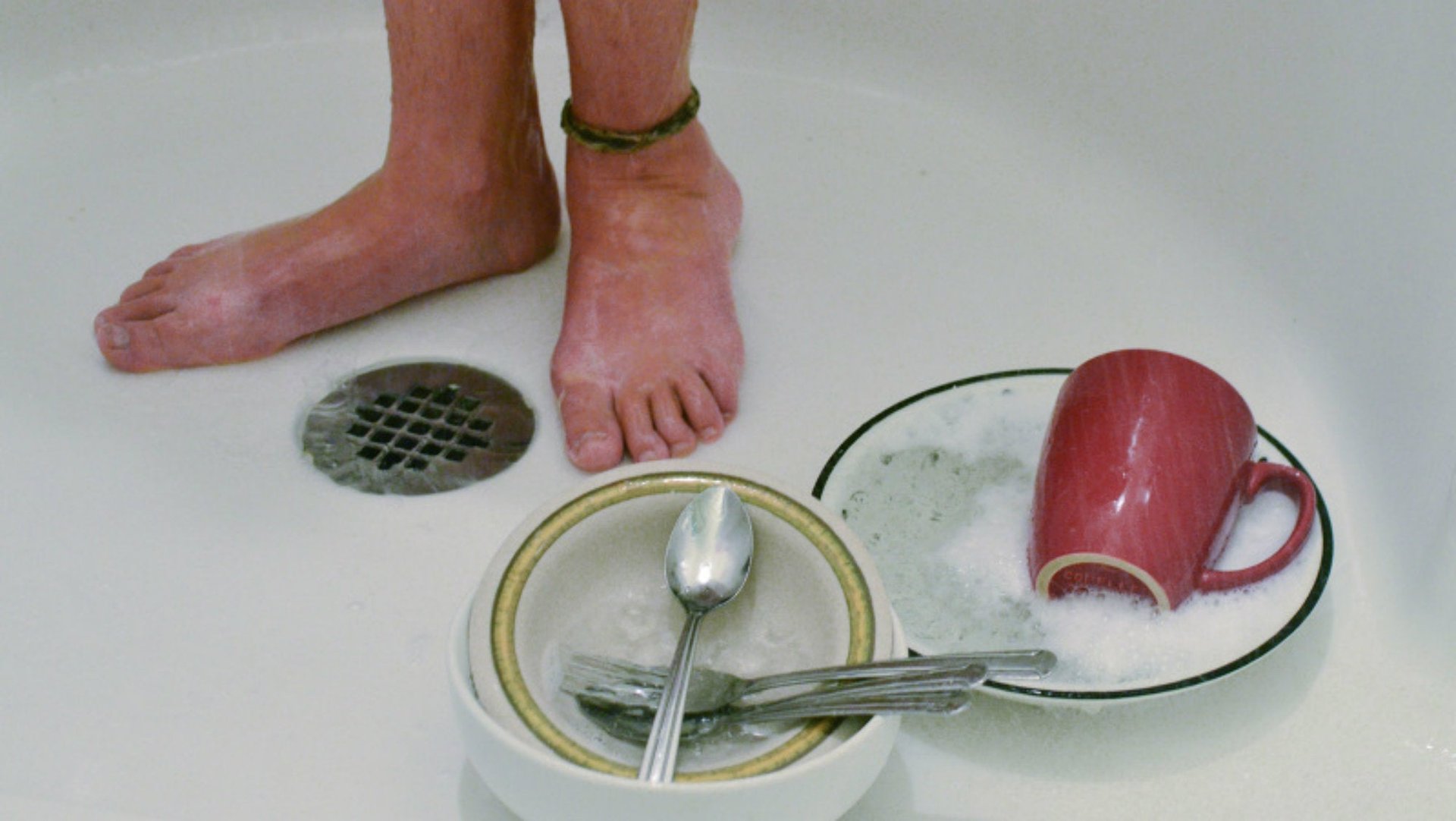In parts of California where the drought won’t die, water rationing has forced people to go full Kramer in the shower
After five parched years, an unusually wet winter has officially ended the drought in 83% of California, according to figures released this week from the US National Drought Mitigation Center.


After five parched years, an unusually wet winter has officially ended the drought in 83% of California, according to figures released this week from the US National Drought Mitigation Center.
Rain this year has filled most of the state’s major reservoirs above average pre-drought levels. The Sierra Nevada snowpack, which supplies 30% of California’s water, is at 186% of normal after two major storms.
Yet for an estimated 15 million residents, relief has yet to come. The reasons why vary by geography. The South Coast, a small coastal region north of Los Angeles, has had the frustrating experience of seeing nearly every major storm pass just beyond its watershed area.
Catalina Island, a small community 20 miles southwest off the coast of Los Angeles, gets most of its water from the Middle Ranch Reservoir, which is operating at barely a quarter of its capacity. The picturesque spot has 4,000 permanent residents and 1 million annual tourists.
Catalina Island’s Middle Ranch Reservoir
With no access to the back-up sources on the mainland, residents and businesses have faced intense water rationing. In September, the local water provider ordered island customers to cut water use by 40% to 50%. (Restrictions were eased to 25% earlier this month in Avalon, the town where the vast majority of residents live.)
In a photo essay published earlier this month on Water Deeply, photojournalist Alex Krowiak documented the resourceful ways islanders are adapting to restrictions. Restaurants no longer serve tap water, scuba companies wash gear in ocean water, and rain-collection barrels are a common sight, Krowiak found. And at least one resident has taken to washing her dishes in the shower as the water heats up.
If you think you’ve seen this before: you have.
Satellite imagery prepared by David Yanofsky.